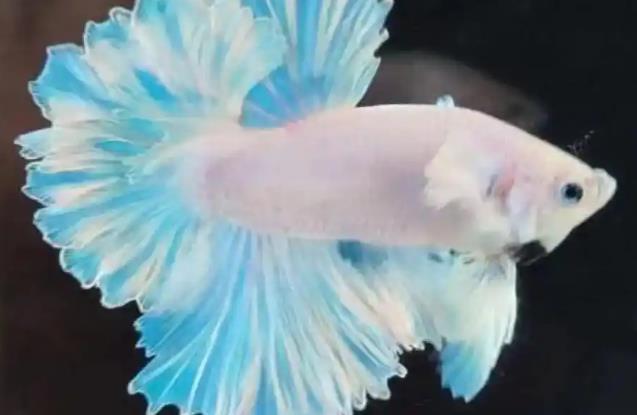You can put salt in the water when feeding betta fish, but you need to pay attention to the type and concentration of the salt.

The Functions and Applicable Situations of Salt
Adding an appropriate amount of salt when changing the water is beneficial for betta fish. It can reduce the stress on the fish and help them resist infections. Salt can kill the bacteria in the water, disinfect the fish tank, purify the water body, and provide the trace elements needed by the fish. Besides, salt can also be used as an auxiliary treatment method to help treat some fish diseases.
The Types and Concentrations of Salt
For healthy betta fish: You can add a little salt to the water each time you change the water, and the concentration should be controlled between 0.18% and 0.28%. For example, add 100 grams of salt to every 100 liters of water.
For sick betta fish: If the betta fish is sick, the concentration of salt can be increased to between 0.38% and 0.58%, but you still need to be careful not to use too much.
Precautions
The choice of salt: You should use non-iodized salt, because iodine will irritate the fish and affect their health. Table salt contains iodine, so it is not suitable for fishkeeping.
The frequency of water change: Add an appropriate amount of salt when changing the water each time, instead of adding salt every day. It is recommended that the amount of each water change be controlled between 30% and 50% to avoid changing too much water at one time.
Temperature control: The suitable water temperature for betta fish is 24 - 27 °C. When changing the water, pay attention that the difference in water temperature should not exceed 5 - 7 degrees.
By using the above methods, you can effectively use salt to improve the breeding environment of betta fish, reduce the occurrence of diseases, and keep the water quality clean.
